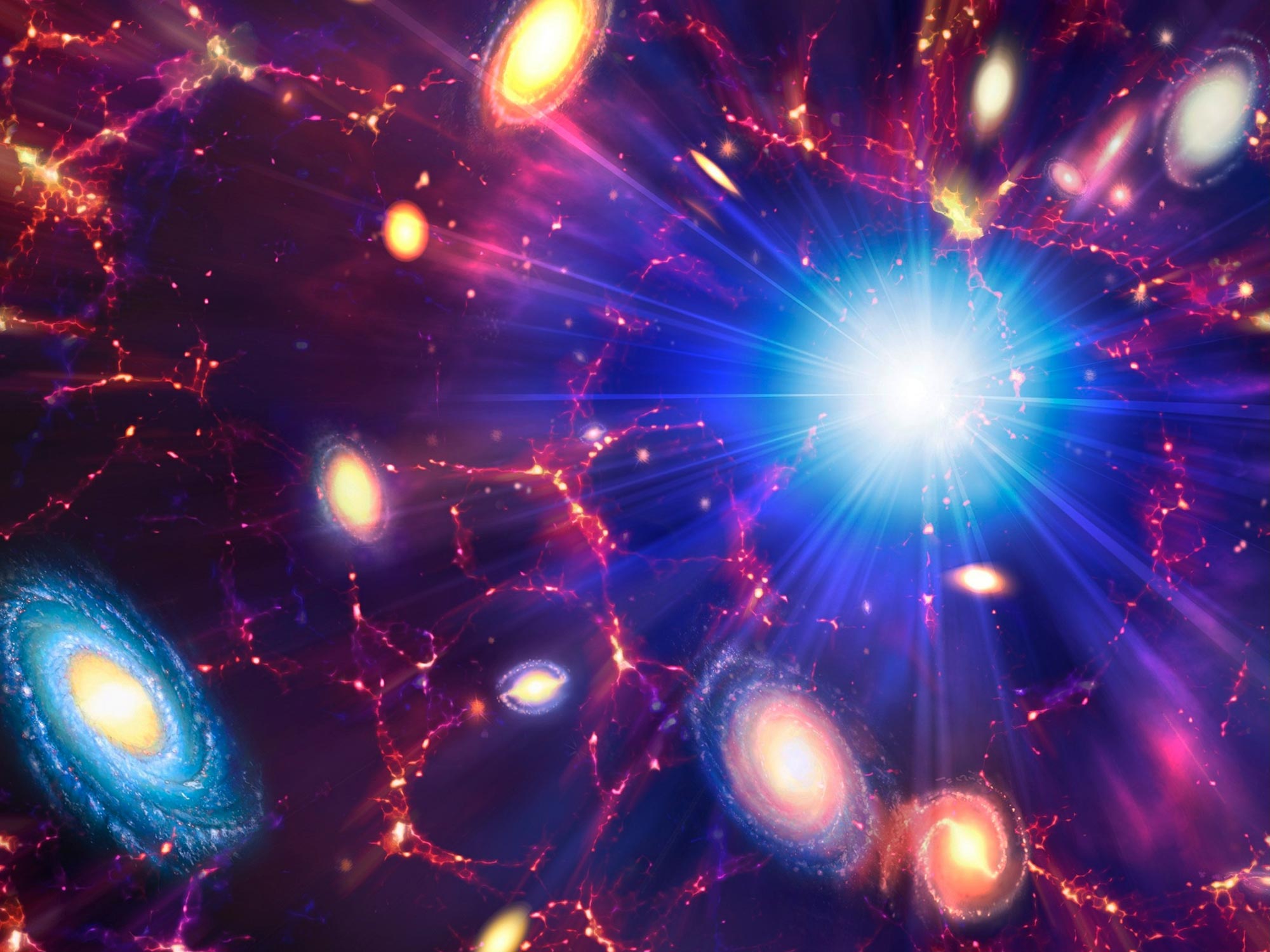Today, almost all data on the Internet, including bank transactions, medical records, and secure chats, is protected with an encryption scheme called RSA (named after its creators Rivest, Shamir, and Adleman). This scheme is based on a simple fact—it is virtually impossible to calculate the prime factors of a large number in a reasonable amount of time, even on the world’s most powerful supercomputer. Unfortunately, large quantum computers, if and when they are built, would find this task a breeze, thus undermining the security of the entire Internet.
Luckily, quantum computers are only better than classical ones at a select class of problems, and there are plenty of encryption schemes where quantum computers don’t offer any advantage. Today, the U.S. National Institute of Standards and Technology (NIST) announced the standardization of three post-quantum cryptography encryption schemes. With these standards in hand, NIST is encouraging computer system administrators to begin transitioning to post-quantum security as soon as possible.
“Now our task is to replace the protocol in every device, which is not an easy task.” —Lily Chen, NIST
These standards are likely to be a big element of the Internet’s future. NIST’s previous cryptography standards, developed in the 1970s, are used in almost all devices, including Internet routers, phones, and laptops, says Lily Chen, head of the cryptography group at NIST who lead the standardization process. But adoption will not happen overnight.
“Today, public key cryptography is used everywhere in every device,” Chen says. “Now our task is to replace the protocol in every device, which is not an easy task.”
Why we need post-quantum cryptography now
Most experts believe large-scale quantum computers won’t be built for at least another decade. So why is NIST worried about this now? There are two main reasons.
First, many devices that use RSA security, like cars and some IoT devices, are expected to remain in use for at least a decade. So they need to be equipped with quantum-safe cryptography before they are released into the field.
“For us, it’s not an option to just wait and see what happens. We want to be ready and implement solutions as soon as possible.” —Richard Marty, LGT Financial Services
Second, a nefarious individual could potentially download and store encrypted data today, and decrypt it once a large enough quantum computer comes online. This concept is called “harvest now, decrypt later“ and by its nature, it poses a threat to sensitive data now, even if that data can only be cracked in the future.
Security experts in various industries are starting to take the threat of quantum computersseriously, says Joost Renes, principal security architect and cryptographer at NXP Semiconductors. “Back in 2017, 2018, people would ask ‘What’s a quantum computer?’” Renes says. “Now, they’re asking ‘When will the PQC standards come out and which one should we implement?’”
Richard Marty, chief technology officer at LGT Financial Services, agrees. “For us, it’s not an option to just wait and see what happens. We want to be ready and implement solutions as soon as possible, to avoid harvest now and decrypt later.”
NIST’s competition for the best quantum-safe algorithm
NIST announced a public competition for the best PQC algorithm back in 2016. They received a whopping 82 submissions from teams in 25 different countries. Since then, NIST has gone through 4 elimination rounds, finally whittling the pool down to four algorithms in 2022.
This lengthy process was a community-wide effort, with NIST taking input from the cryptographic research community, industry, and government stakeholders. “Industry has provided very valuable feedback,” says NIST’s Chen.
These four winning algorithms had intense-sounding names: CRYSTALS-Kyber, CRYSTALS-Dilithium, Sphincs+, and FALCON. Sadly, the names did not survive standardization: The algorithms are now known as Federal Information Processing Standard (FIPS) 203 through 206. FIPS 203, 204, and 205 are the focus of today’s announcement from NIST. FIPS 206, the algorithm previously known as FALCON, is expected to be standardized in late 2024.
The algorithms fall into two categories: general encryption, used to protect information transferred via a public network, and digital signature, used to authenticate individuals. Digital signatures are essential for preventing malware attacks, says Chen.
Every cryptography protocol is based on a math problem that’s hard to solve but easy to check once you have the correct answer. For RSA, it’s factoring large numbers into two primes—it’s hard to figure out what those two primes are (for a classical computer), but once you have one it’s straightforward to divide and get the other.
“We have a few instances of [PQC], but for a full transition, I couldn’t give you a number, but there’s a lot to do.” —Richard Marty, LGT Financial Services
Two out of the three schemes already standardized by NIST, FIPS 203 and FIPS 204 (as well as the upcoming FIPS 206), are based on another hard problem, called lattice cryptography. Lattice cryptography rests on the tricky problem of finding the lowest common multiple among a set of numbers. Usually, this is implemented in many dimensions, or on a lattice, where the least common multiple is a vector.
The third standardized scheme, FIPS 205, is based on hash functions—in other words, converting a message to an encrypted string that’s difficult to reverse
The standards include the encryption algorithms’ computer code, instructions for how to implement it, and intended uses. There are three levels of security for each protocol, designed to future-proof the standards in case some weaknesses or vulnerabilities are found in the algorithms.
Lattice cryptography survives alarms over vulnerabilities
Earlier this year, a pre-print published to the arXiv alarmed the PQC community. The paper, authored by Yilei Chen of Tsinghua University in Beijing, claimed to show that lattice-based cryptography, the basis of two out of the three NIST protocols, was not, in fact, immune to quantum attacks. On further inspection, Yilei Chen’s argument turned out to have a flaw—and lattice cryptography is still believed to be secure against quantum attacks.
On the one hand, this incident highlights the central problem at the heart of all cryptography schemes: There is no proof that any of the math problems the schemes are based on are actually “hard.” The only proof, even for the standard RSA algorithms, is that people have been trying to break the encryption for a long time, and have all failed. Since post-quantum cryptography standards, including lattice cryptography, are newer, there is less certainty that no one will find a way to break them.
That said, the failure of this latest attempt only builds on the algorithm’s credibility. The flaw in the paper’s argument was discovered within a week, signaling that there is an active community of experts working on this problem. “The result of that paper is not valid, that means the pedigree of the lattice-based cryptography is still secure,” says NIST’s Lily Chen (no relation to Tsinghua University’s Yilei Chen). “People have tried hard to break this algorithm. A lot of people are trying, they try very hard, and this actually gives us confidence.”
NIST’s announcement is exciting, but the work of transitioning all devices to the new standards has only just begun. It is going to take time, and money, to fully protect the world from the threat of future quantum computers.
“We’ve spent 18 months on the transition and spent about half a million dollars on it,” says Marty of LGT Financial Services. “We have a few instances of [PQC], but for a full transition, I couldn’t give you a number, but there’s a lot to do.”
Note: This article have been indexed to our site. We do not claim legitimacy, ownership or copyright of any of the content above. To see the article at original source Click Here













